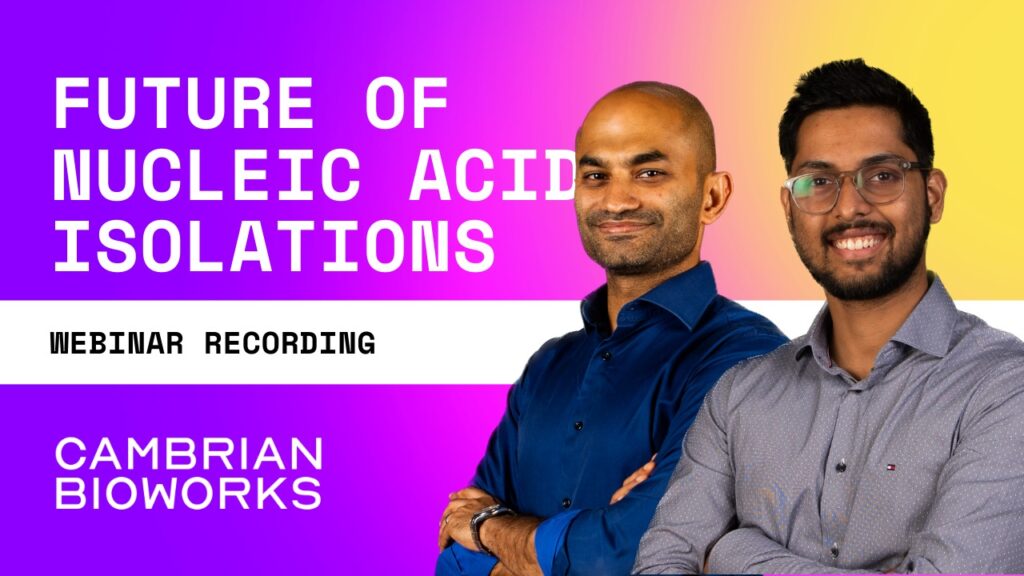The demand for rapid and sensitive molecular diagnostics is expanding. Especially seen during the COVID-19 pandemic with laboratories striving hard to develop methods to fight the virus. Used to 10-100 (at max.) research labs and institutions were prejudiced to run thousand of extractions every day.
Fast forward to 2023, we need high-quality DNA in lesser time for all the groundbreaking research in medical diagnostics.
- Biobanking collects, stores, and preserves biological samples for future analysis. They include blood, saliva, tissue, and even nails or eggshells! By storing high-quality nucleic acids, researchers can access genetic material to get better insights about a species.
- Precision medicine accounts for discrepancies in people’s genes, environment, and lifestyle. It is a personalized approach to healthcare that focuses on the prevention, diagnosis, and treatment of disease. This uses data from a variety of sources, such as genetic testing, medical history, lifestyle, and environmental factors. High-quality DNA promotes the detection of specific genetic markers associated with a disease.
- High-quality DNA is integral for the conservation of species. It allows for the accurate identification and tracking of species. By analyzing a species’ genetic material, researchers can better understand the species’ evolutionary history, population structure, and genetic diversity. This supports conservation efforts and ensures the survival of species.
How do we get there? How do we extract DNA from intricate sample types like tissue, FFPE, whole blood, amniotic fluid, and saliva? How do we get it with a better yield and in its intact form?
One Word: Automation.
Why automate your sample preparation workflows?
- More samples processed in less time
- Lower cost per test
- Improved precision and reproducibility
- Better use of skilled resources
But, can you enforce automation overnight? Do you have access to enough capital and enough room to invest in new resources?
Most laboratories don’t.
What can they do that will nudge them a little bit forward to the eventual future?
Fill out the form below to watch our complete webinar on ‘The Future of Nucleic Acid Isolations’.

